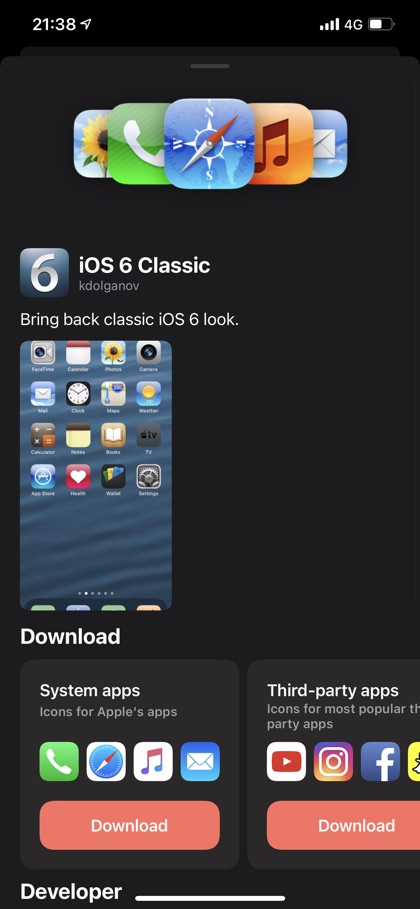

Table 2-4 summarize the how often the display register touches from fingers or Apple Pencil and delivers them to UIKit. For more information on animating content in Metal, see Frame Rate (iOS and tvOS). SpriteKit, SceneKit, or MetalKit also provide this property on the the SKView, SCNView, and MTKView classes. Set the display link’s preferredFramesPerSecond property to the frame rate you want, ideally using one of the preferred values specified in Table 2-3.

In full screen apps and games, animation is often driven explicitly using a CADisplayLink object. For more information, see UIViewAnimationOptions. However, when you configure a view animation, you can optionally specify a hint when you know that the animation should run at a higher or lower rate. Under most circumstances, UIKit handles redrawing and animation for you, adjusting the frame rate as necessary to provide a good viewing experience with reasonable energy usage. Table 2-3 describes the rate at which the hardware can adjust the contents of the screen. To specify how the display should adapt when your app is frontmost, see UIWhitePointAdaptivityStyle. Different kinds of apps many need to react to these changes differently. For information on supporting wide color in your app, see WWDC 2016 - Session 712: Working with Wide Color.Ī True Tone display uses advanced ambient light sensors to automatically adapt the color and intensity of the display to match the light in the surrounding environment. The P3 Display color space has a larger color gamut than an sRGB color space, with more saturated reds and greens. Table 2-2 describes the ability to reproduce color and adapt the color display to the environment around the device. For more information on how to do this in Metal, see Native Screen Scale (iOS and tvOS). Instead, configure a view to render at the native scale instead. For games and other apps that perform many calculations per pixel, rendering these additional pixels can be expensive. If the native scale differs from the UIKit scale factor, then iOS first renders the content at the UIKit scale factor and then scales it to fit into the native number of pixels on the screen. At runtime, use the bounds and scale properties of a UIScreen object to understand how UIKit present the display to your app, and the nativeBounds and nativeScale when you need to work with the exact number of pixels on the display.


 0 kommentar(er)
0 kommentar(er)
